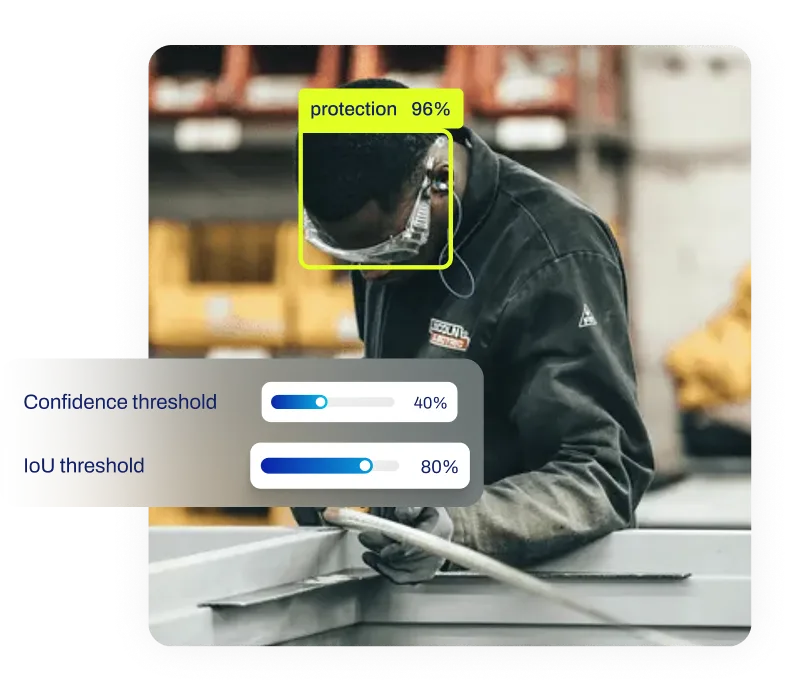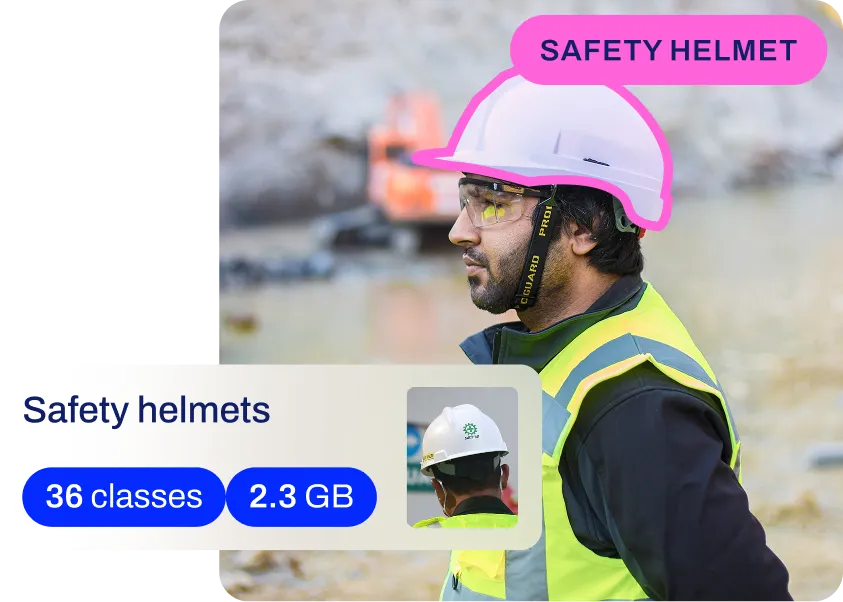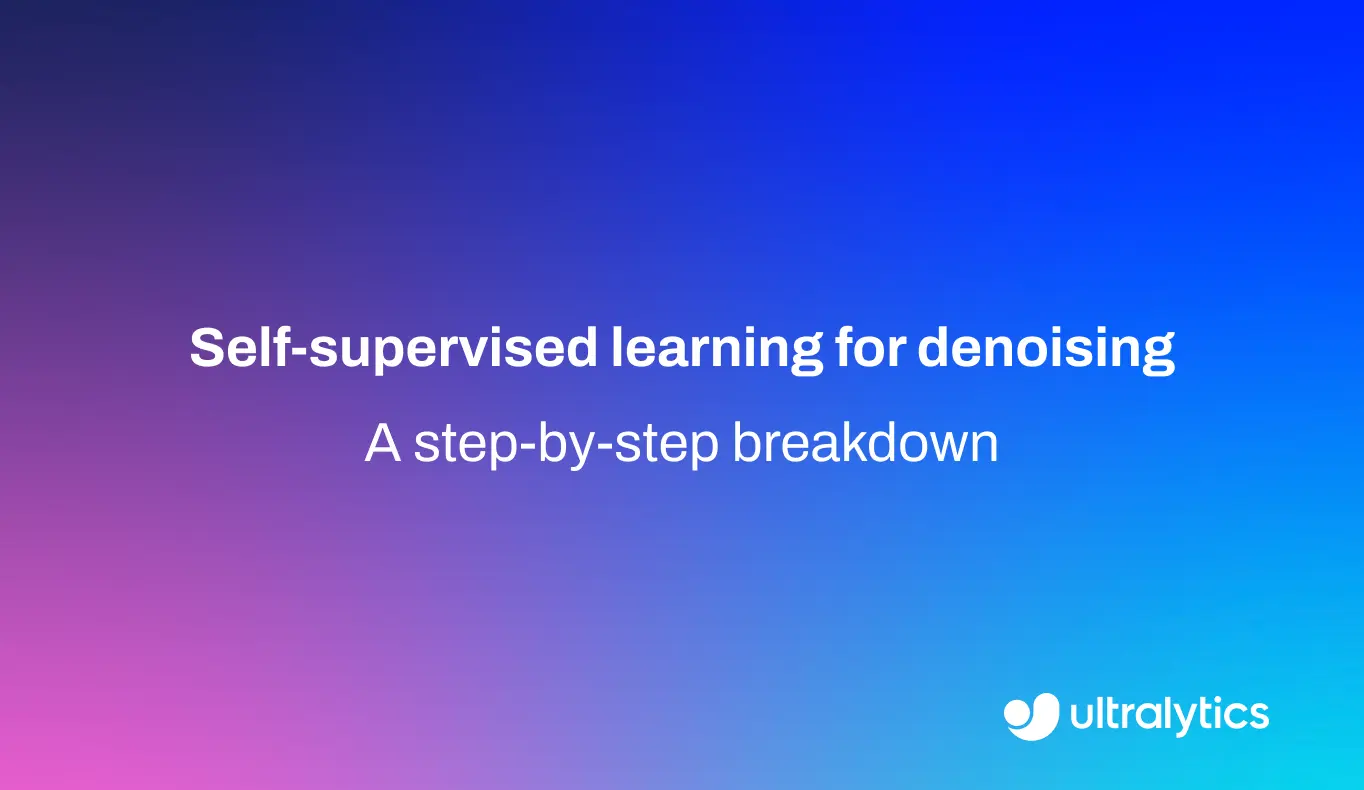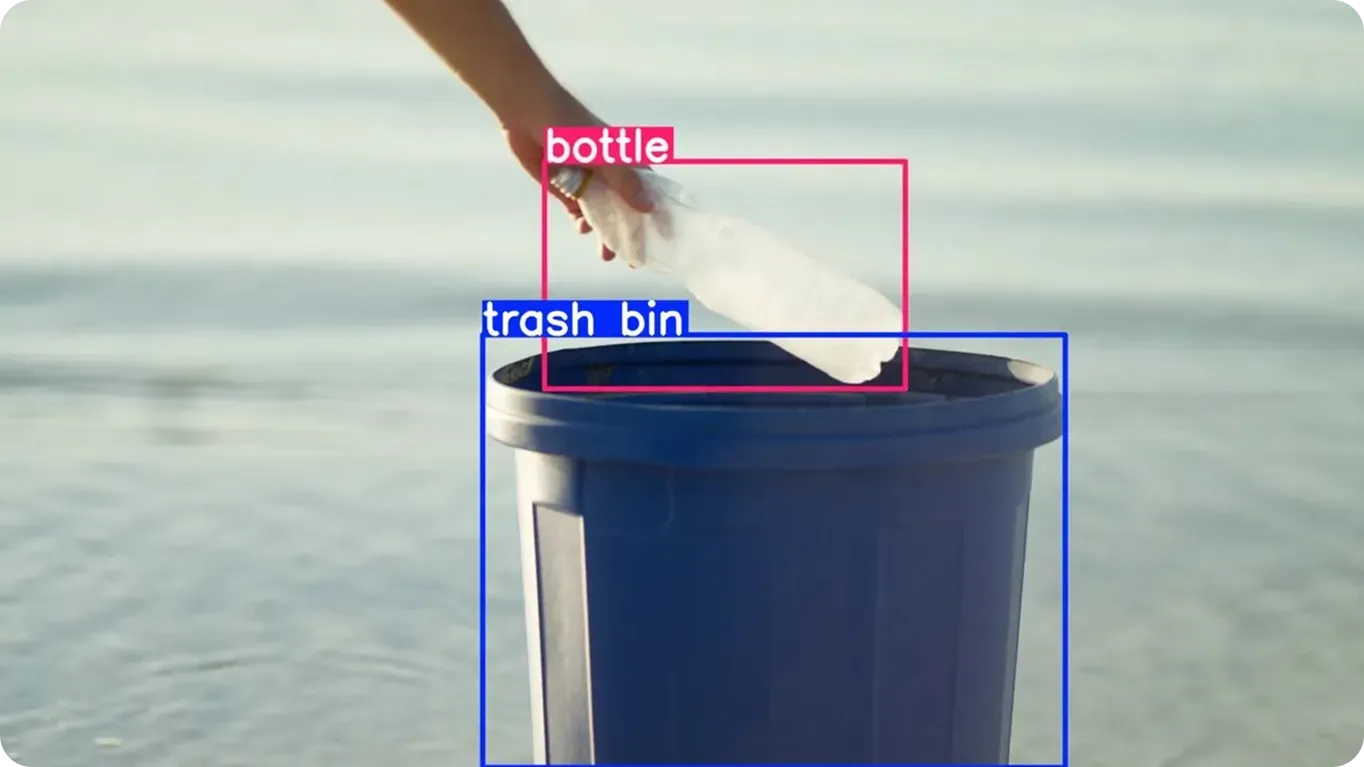Focal Loss
Discover how Focal Loss tackles class imbalance in object detection — focusing training on hard examples to improve accuracy on imbalanced datasets.
Focal Loss is a specialized objective function designed to address the problem of extreme class imbalance in machine
learning training, particularly within the field of computer vision. In many object detection scenarios, the number of
background examples (negatives) far exceeds the number of objects of interest (positives). Standard loss functions can
become overwhelmed by the sheer volume of these easy-to-classify background examples, hindering the model's ability to
learn the more difficult, positive examples. Focal Loss mitigates this by dynamically scaling the loss based on the
confidence of the prediction, effectively down-weighting easy examples and forcing the model to focus its training
efforts on hard negatives and misclassified objects.
Addressing Class Imbalance
The primary motivation behind Focal Loss is to improve the performance of
one-stage object detectors, such as the
early versions of RetinaNet and modern architectures like
Ultralytics YOLO11. In these systems, the detector scans an
image and generates thousands of candidate locations. Since most of an image is usually background, the ratio of
background to object can often be 1000:1 or higher.
Without intervention, the cumulative effect of the small errors from the massive number of background samples can
dominate the gradient updates during
backpropagation. This causes the
optimization algorithm to prioritize simply
classifying everything as background to minimize the overall error, rather than learning the nuanced features of the
actual objects. Focal Loss reshapes the standard loss curve to reduce the penalty for examples the model is already
confident about, thereby directing the
model weights to adjust for the challenging cases.
Mechanism and Functionality
Focal Loss is an extension of the standard
Cross-Entropy Loss used in binary classification. It
introduces a modulating factor that decays the loss contribution as the confidence in the correct class increases.
When a model encounters an "easy" example—such as a clear patch of sky that it correctly identifies as
background with high probability—the modulating factor pushes the loss near zero. Conversely, for "hard"
examples where the model's prediction is incorrect or uncertain, the loss remains significant.
This behavior is controlled by a focusing parameter, often denoted as gamma. By tuning this parameter, data scientists
can adjust how aggressively the loss function down-weights well-classified examples. This allows for more stable
training on highly imbalanced training data, leading
to higher accuracy and recall for rare classes.
Real-World Applications
The ability to handle imbalance makes Focal Loss essential in safety-critical and high-precision environments.
-
Autonomous Driving: In the context of
autonomous vehicles, a vision system must
detect pedestrians, cyclists, and traffic signs. In a typical video feed, the vast majority of pixels represent the
road, sky, or buildings, while critical obstacles appear sparsely. Focal Loss helps the perception system ignore the
abundant road surface data and concentrate on identifying potentially dangerous
dynamic objects that appear infrequently but
carry high importance for
AI in automotive solutions.
-
Medical Diagnostics: In
medical image analysis, identifying
anomalies such as tumors or fractures is a classic needle-in-a-haystack problem. A scan of a healthy brain consists
almost entirely of healthy tissue, with a tumor occupying a tiny fraction of the volume. Using Focal Loss allows
AI in healthcare models to learn from the few
pixels representing pathology without being biased by the overwhelming amount of healthy tissue, improving the
sensitivity of diagnostic tools.
Implementation with Ultralytics
The ultralytics library provides a robust implementation of Focal Loss that can be easily integrated into
custom training pipelines. The following example demonstrates how to initialize the loss function and calculate the
error between prediction logits and ground truth labels.
import torch
from ultralytics.utils.loss import FocalLoss
# Initialize Focal Loss with a gamma of 1.5
criterion = FocalLoss(gamma=1.5)
# Example: Prediction logits (before activation) and Ground Truth labels (0 or 1)
preds = torch.tensor([[0.1], [2.5], [-1.0]], requires_grad=True)
targets = torch.tensor([[0.0], [1.0], [1.0]])
# Compute the loss
loss = criterion(preds, targets)
print(f"Focal Loss value: {loss.item():.4f}")
Relationship to Other Concepts
It is helpful to distinguish Focal Loss from related terms in the loss function landscape:
-
Focal Loss vs. Cross-Entropy:
Cross-Entropy Loss is
the baseline function that treats all examples equally. Focal Loss builds strictly upon Cross-Entropy by adding the
modulating factor to address imbalance. If the focusing parameter (gamma) is set to 0, Focal Loss effectively
reverts to standard Cross-Entropy.
-
Focal Loss vs. IoU Loss: While Focal Loss addresses classification (what is the object?),
functions like
Intersection over Union (IoU) and its
variants (GIoU, CIoU) address localization (where is the object?). Modern detectors like
YOLO11 typically use a composite loss function, combining
Focal Loss for class prediction and IoU loss for
bounding box regression.
-
Focal Loss vs. Varifocal Loss: Varifocal Loss is a
further evolution that treats positive and negative examples asymmetrically. It uses the IoU score to weigh positive
examples, prioritizing those with higher localization accuracy, whereas standard Focal Loss treats all positives
equally.












